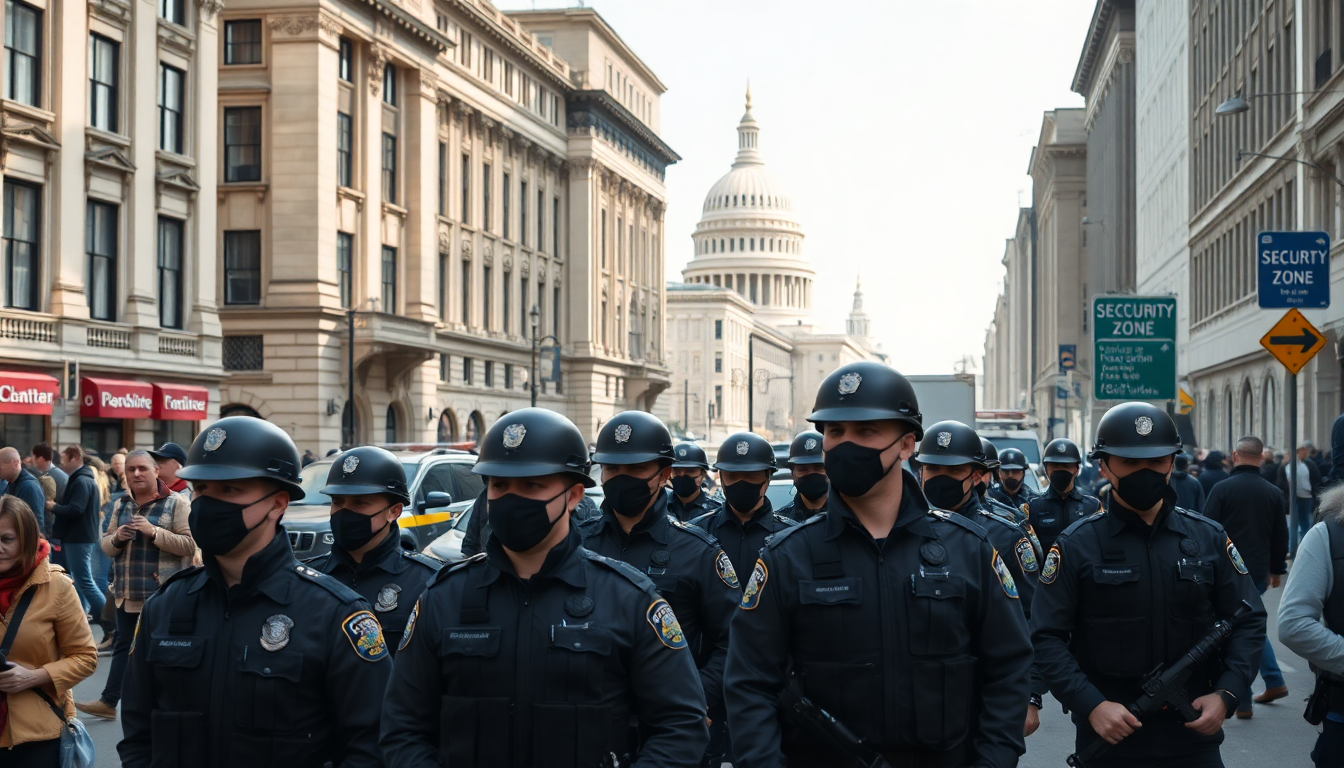Table of Contents
The recent decision by the Trump administration to ramp up federal law enforcement presence in urban areas, particularly in Washington, D.C., has ignited a spirited debate among local leaders and residents. As the administration mulls over extending this controversial strategy to cities like Chicago, it raises some pressing questions: Is federal intervention really the answer to local crime issues? And what could be the potential consequences? In this article, we’ll explore the implications of these actions, the reactions from local officials, and the broader context of crime management in our cities.
A Federal Push: What’s Really Going On?
The Trump administration’s initiative to deploy extra federal agents and National Guard troops is aimed at combating rising crime rates in major urban centers. In Washington, D.C., hundreds of federal personnel are now patrolling the streets, supposedly to bolster public safety.
But how effective is this approach? City officials are raising eyebrows, questioning whether such measures are truly necessary or effective.
Take Illinois Governor JB Pritzker, for instance. He has assertively stated that there’s no emergency justifying federal intervention in Chicago.
His argument hinges on the fact that the federal government hasn’t communicated any specific need for assistance, implying that the administration’s claims of a crisis might be overblown. Local leaders share this sentiment, viewing the federal presence more as a potential source of friction than a solution to crime.
Adding fuel to the fire, the Pentagon’s plans to possibly mobilize thousands of National Guard troops in Chicago have drawn skepticism. Critics worry that such deployments could exacerbate tensions between law enforcement and communities, ultimately undermining the trust and cooperation essential for effective crime prevention.
Does this really sound like a solution to you?
Local Leaders Unite: A Call for Collaboration Over Intervention
Local officials, including Chicago’s Mayor Brandon Johnson and Lieutenant Governor Juliana Stratton, are vocal in their opposition to the federal deployment.
They argue that crime rates in Chicago are actually on the decline and that there’s no justification for introducing federal troops onto the streets. Their message is clear: we need a collaborative approach to crime that prioritizes local governance and community engagement.
Johnson cautions that unauthorized National Guard deployments could ignite tensions and derail the progress made in community-police relations. This view underscores the critical role of local leadership in tackling crime, pushing for solutions that reflect the realities of the communities they serve. Wouldn’t you agree that local leaders know their neighborhoods best?
Stratton also raises an important point about the political implications of these federal actions, suggesting they might be part of a broader strategy by the Trump administration to distract from pressing national issues. She emphasizes the need to focus on systemic reforms rather than resorting to militarized responses to urban crime. Isn’t it time we shift the narrative toward solutions that actually work?
The Bigger Picture: Crime Trends and Federal Responses
This unfolding situation prompts a larger conversation about how federal and local authorities can work together to manage urban crime. Historical data reveals that crime trends can vary widely, shaped by factors like socio-economic conditions and community engagement efforts. So, does federal intervention actually help in such a complex environment? The jury is still out.
As we continue to analyze these developments, it’s crucial to assess whether federal strategies align with local needs. Data suggests that a community-based approach, fostering trust and cooperation between residents and law enforcement, may lead to more sustainable crime reduction than military-style interventions. Have we been thinking about this the wrong way?
Looking ahead, monitoring both the immediate and long-term impacts of these federal actions will be essential for our urban landscapes. The ongoing dialogue among stakeholders—local officials, community leaders, and residents—will play a vital role in shaping future crime policies, ensuring that the rights and needs of communities remain at the forefront. After all, isn’t it our communities that deserve the most attention in these discussions?





